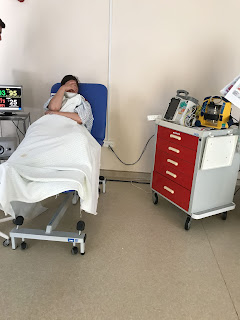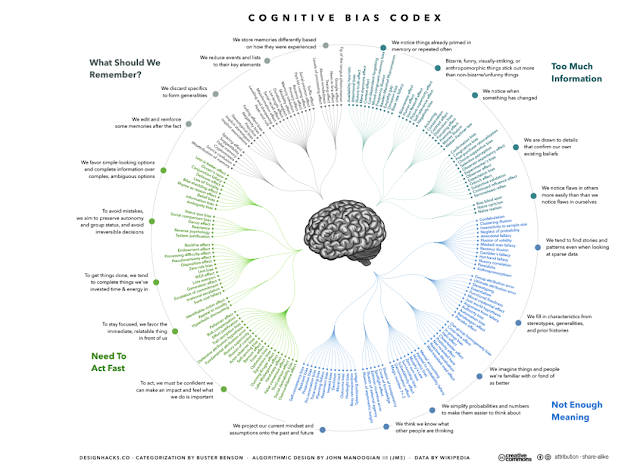“And he has just had some antibiotics…..” - epidemiology in healthcare simulations

This week I wanted to carry on with the simulation theme and consider the diseases and conditions we often simulate. If we start to describe our simulation scenario our participants will often second guess our scenarios - often correctly, just think of the common introductions The patient has just been given antibiotics [ anaphylaxis ] The patient has just returned from theatres [ massive haemorrhage ]…… and so the list continues. Of course the interesting thing to realise is that in our hospitals countless patients have antibiotics each day without anaphylaxis and the majority of patients return from theatres and make uneventful recoveries. In fact the recent 6th National Audit Project of the Royal College of Anaesthetists looking at perioperative anaphylaxis ( NAP 6 ) found out of three million patients there was a 1:10,000 occurrence of anaphylaxis compared to a probable 1:1 occurrence in simulation population following administration of antibiotics.

